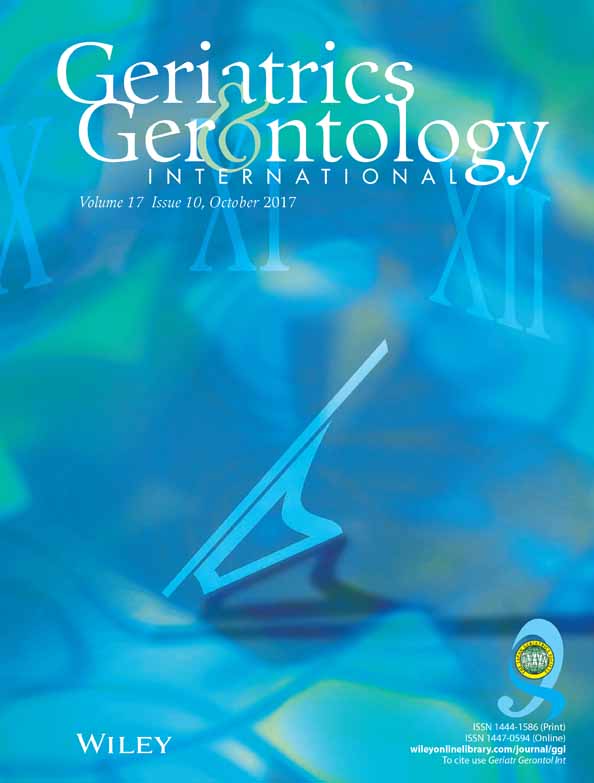Impact of consumer-directed care on quality of life in the community aged care sector
Abstract
Aim
All consumer-directed care (CDC) models aim to transfer “choice” and “control” over the allocated funds from the aged care provider to service recipients. This study presents an empirical assessment of the relationships between quality of life for older adults aged ≥65 years receiving community aged care services in Australia under CDC compared with those receiving traditional provider-directed care (PDC).
Methods
Self-reported quality of life (health status and capabilities) were measured for older adults receiving community aged care services (n = 139) using the EuroQoL five dimensions five-level version and the older people-specific capability index (ICECAP-O) instruments. The relationship between quality of life, mode of service delivery, and other sociodemographic characteristics were examined using descriptive statistical and multivariate regression analyses.
Results
The quality of life of individuals receiving CDC and PDC was similar (ICECAP-O: CDC mean 0.74 [SD 0.17], PDC mean 0.78 [SD 0.17]. EuroQoL five dimensions five-level version: CDC mean 0.46 [SD 0.33], PDC mean 0.49 [SD0.27]). In general, individuals in receipt of CDC reported higher levels of capability in the control and independence dimension for the ICECAP-O relative to those receiving PDC. Multivariate regression analysis showed that living alone was associated with higher quality of life (P = 0.01) and higher levels of capability (P = 0.02).
Conclusions
Although no discernible differences in overall quality of life were found, higher levels of self-reported control and independence for those in receipt of CDC suggest that the main policy objectives of transferring “choice” and “control” away from the aged care provider and to the individual are being met. Geriatr Gerontol Int 2017; 17: 1399–1405.




